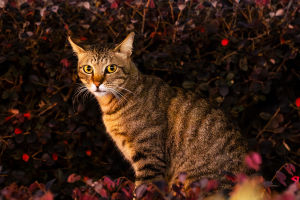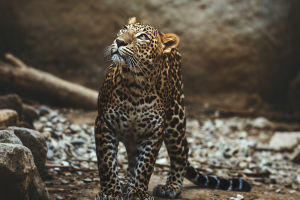We often think of bees as buzzing around aimlessly, but in reality, they have an incredibly sophisticated way of sharing information with one another.
One of the most fascinating aspects of their behavior is their ability to communicate the location of food through a complex dance.
Yes, you heard that right—bees "dance" to inform their hive mates about the best sources of nectar! It's a unique communication system that showcases the intelligence of these tiny creatures.
The Waggle Dance: A Bee's Signature Move
The heart of this communication lies in the "waggle dance." This is how bees convey specific information about the distance and direction of a food source relative to the hive. The waggle dance involves a series of movements: the bee waggles its abdomen back and forth while moving in a figure-eight pattern. The direction in which the bee waggles relative to the sun tells its hive mates the direction they need to fly to find the food. The speed and duration of the waggle also indicate the distance.
For example, if a bee performs the waggle dance at an angle of 45 degrees to the right of the sun, the other bees know to head in that direction. If the waggle lasts for a longer period, it signals that the food source is farther away. This is an extraordinary feat of navigation, as the bees use the position of the sun to guide them, even though they don't rely on the same senses that humans do.
How Bees "Know" the Distance: A Fine-Tuned Sense of Time and Space
The bee's ability to communicate distance through the waggle dance is directly tied to its sense of time and space. As the bee dances, it speeds up or slows down its waggling motion to communicate the exact distance to the food source. This is a learned behavior that has been perfected over generations. The longer the duration of the waggle phase, the farther the nectar source is from the hive.
It's amazing to think about the level of precision involved. Bees have evolved a fine-tuned sense of time, which allows them to accurately calculate the distance traveled by the dancing bee. This is essential for ensuring that the other bees can locate the food source with a high degree of accuracy.
Bees Have a Complex Social Structure
At the heart of the bees' communication is their highly organized social structure. Each bee plays a specific role within the hive, from worker bees that collect nectar to queen bees that lay eggs. Worker bees, in particular, are responsible for foraging, and their ability to relay the location of food to the hive is vital for the colony's survival.
The hive operates almost like a well-oiled machine, with each bee contributing to the larger goal: sustaining the colony. The waggle dance is one of the ways bees contribute to this collective effort. When a bee returns from foraging, it performs the dance to share its findings with the others, ensuring that the hive always knows where to find food.
What Makes Bee Communication So Effective?
The efficiency of the waggle dance is unparalleled in the animal kingdom. Unlike other forms of animal communication, which often rely on sounds or scents, the waggle dance is incredibly precise and informative. Bees don't just tell other bees where food is—they tell them the exact distance and direction, and they do it in a way that's easy for other bees to understand.
In fact, scientists have conducted numerous studies on bee communication, and they have found that bees are capable of using the waggle dance to convey an impressive amount of information. Some researchers have even suggested that bee communication is so advanced that it rivals the complexity of human language in some ways!
Amazed by the Dance of Bees? Let's Appreciate the Wonder of Nature
As we've seen, bees are far more than just simple insects; they are master communicators with a fascinating ability to share information. Their complex social structure, fine-tuned navigation skills, and incredible dancing abilities make them one of nature's most impressive creatures.
Next time you see a bee, take a moment to appreciate the wonders it represents. While it might seem like a simple creature, the way bees communicate and work together is a marvel of nature. And maybe, just maybe, we could learn a thing or two from them about working together and sharing information in our own lives!
Conclusion: The Magic of Bee Communication
The waggle dance of bees is not just a quirky behavior; it's a sophisticated system that allows bees to communicate vital information about the location of food sources. Through their unique ability to use body movements and angles relative to the sun, bees are able to navigate vast distances with incredible accuracy. The complexity of this dance reflects the incredible intelligence and social organization of bees, highlighting just how much there is still to learn from the natural world.
So, the next time you spot a bee, remember: it's not just buzzing around aimlessly. It's part of a highly organized and intelligent community, communicating through its signature waggle dance. And who knows? Maybe we can use some of their communication strategies in our own lives!


